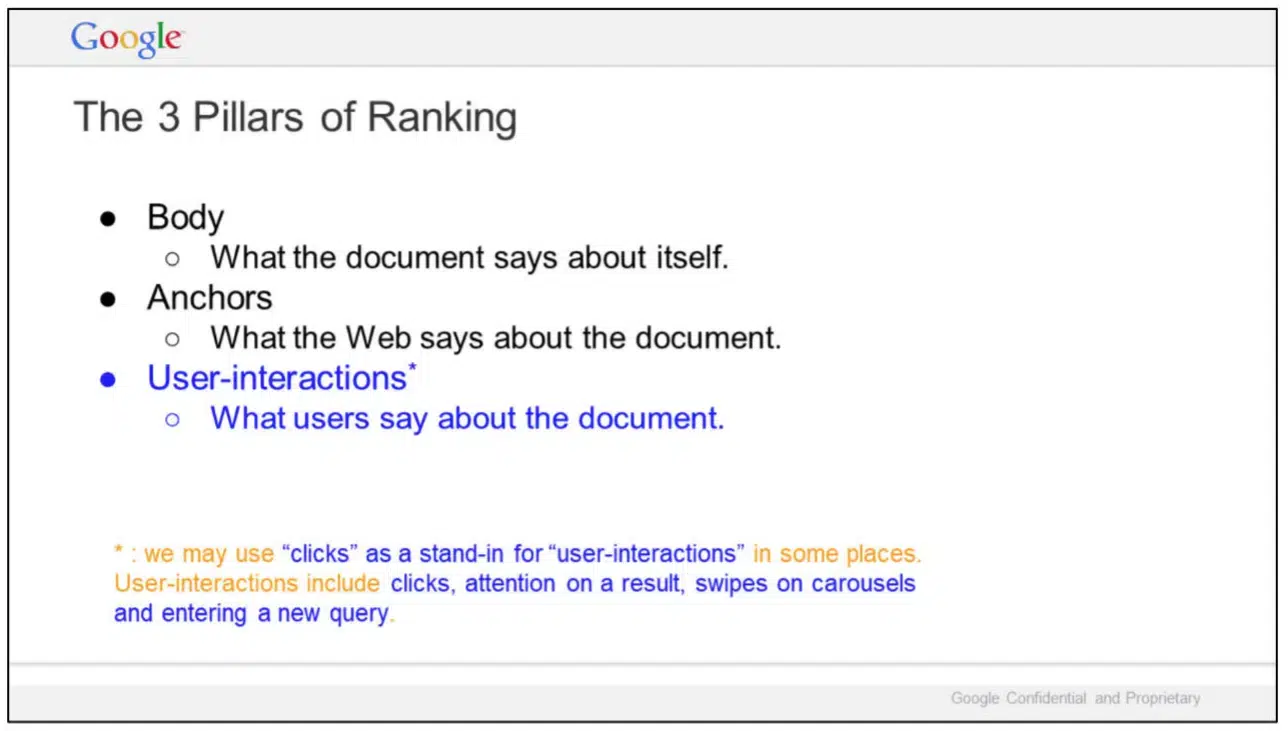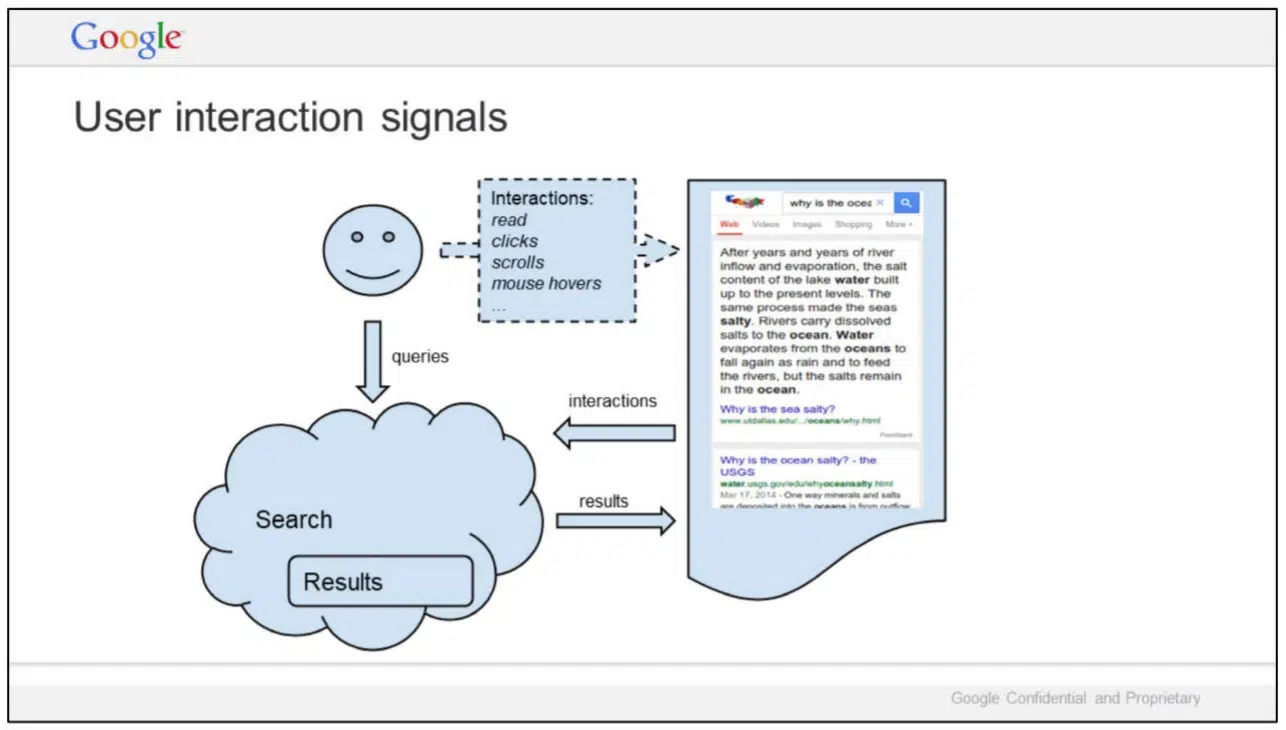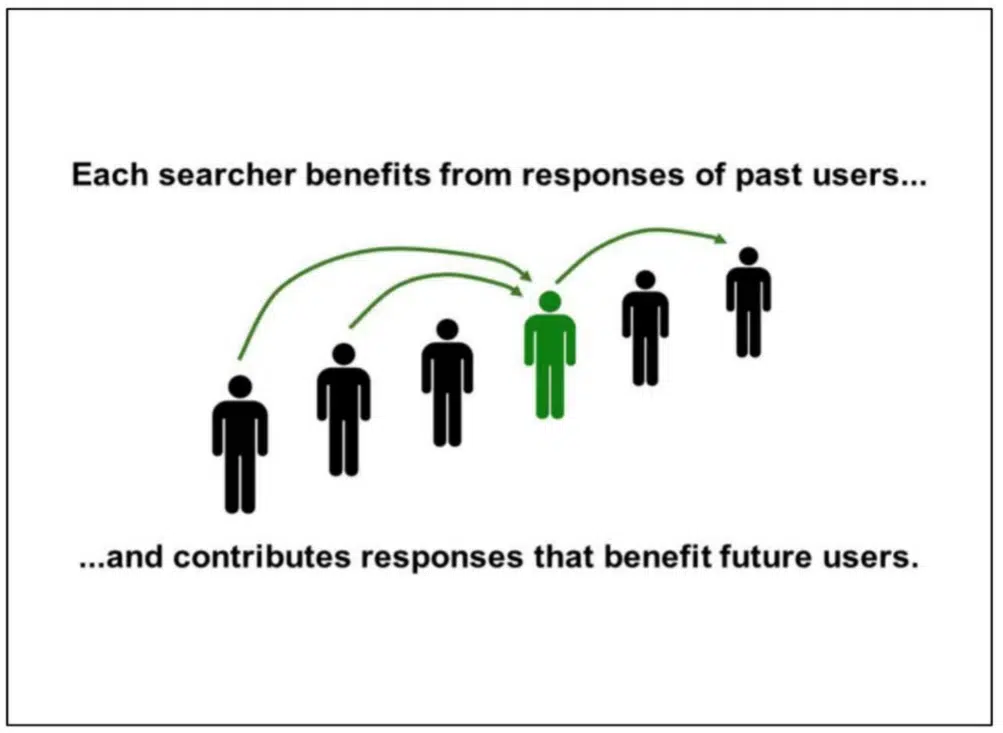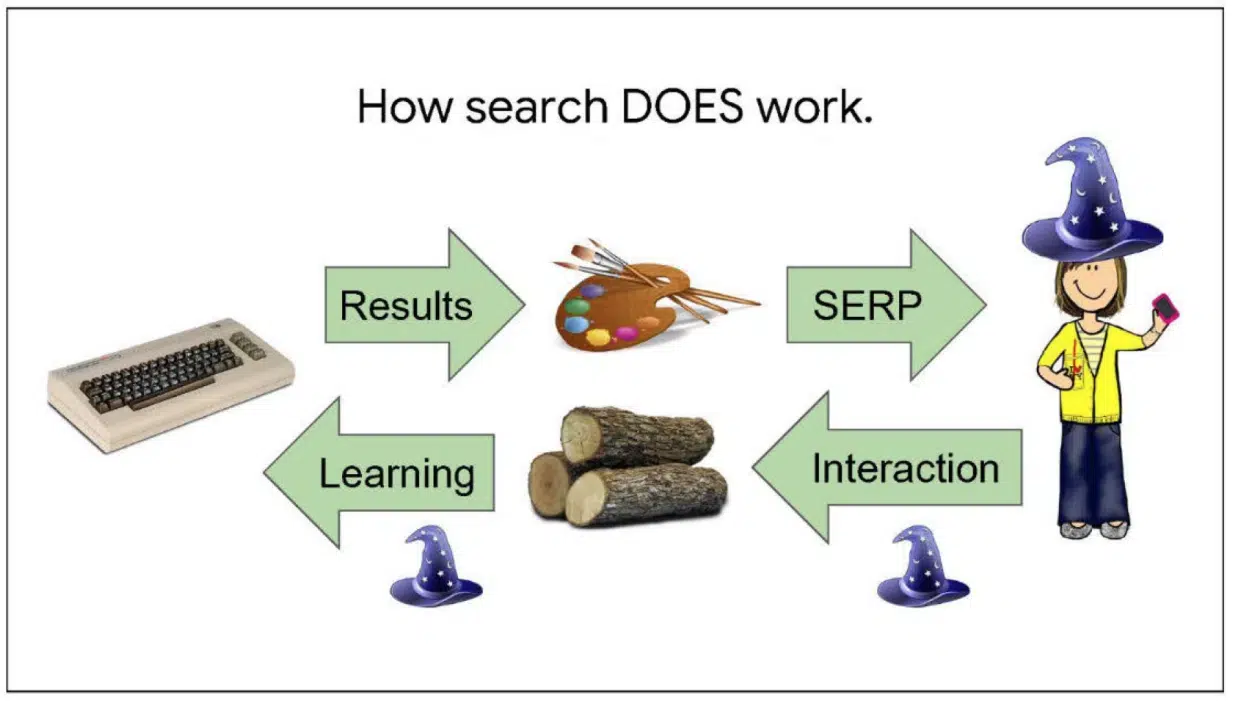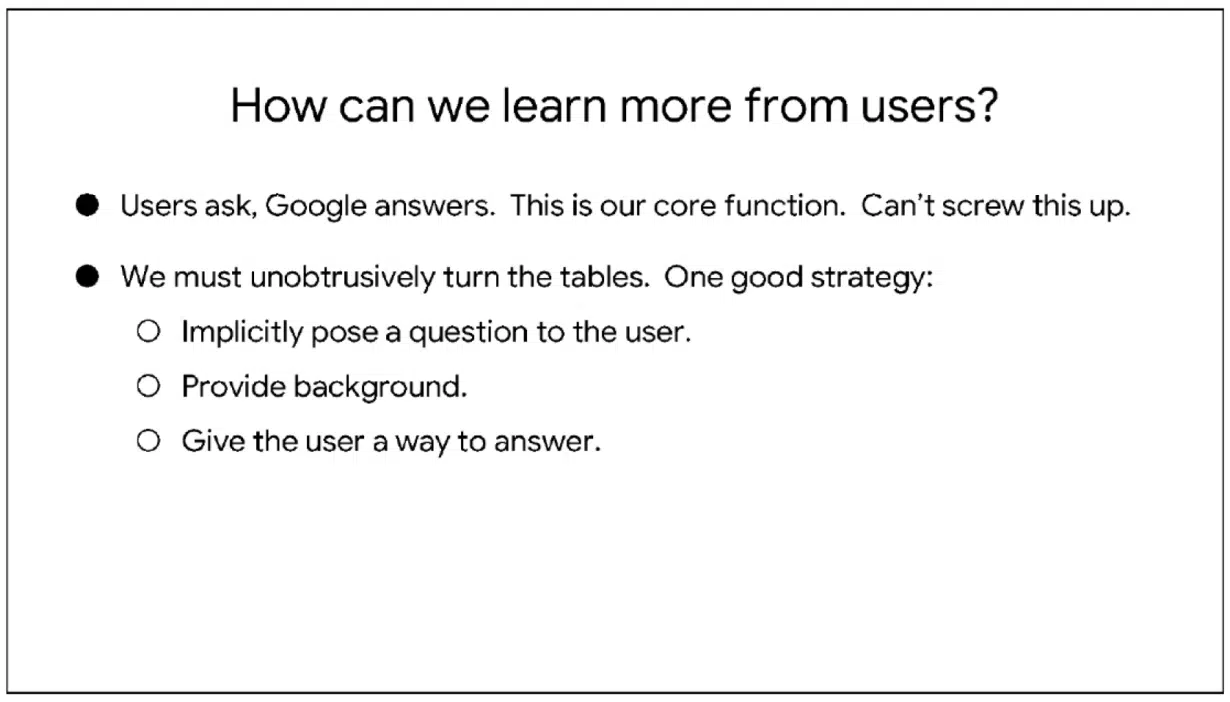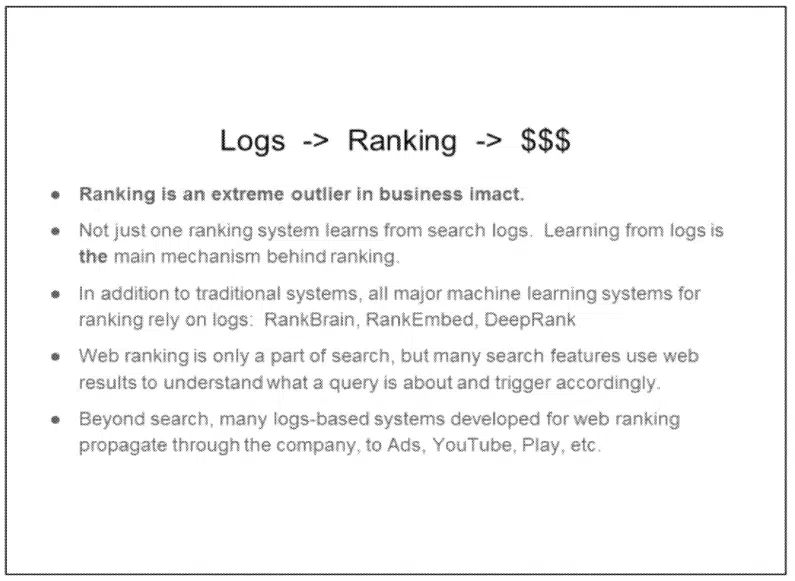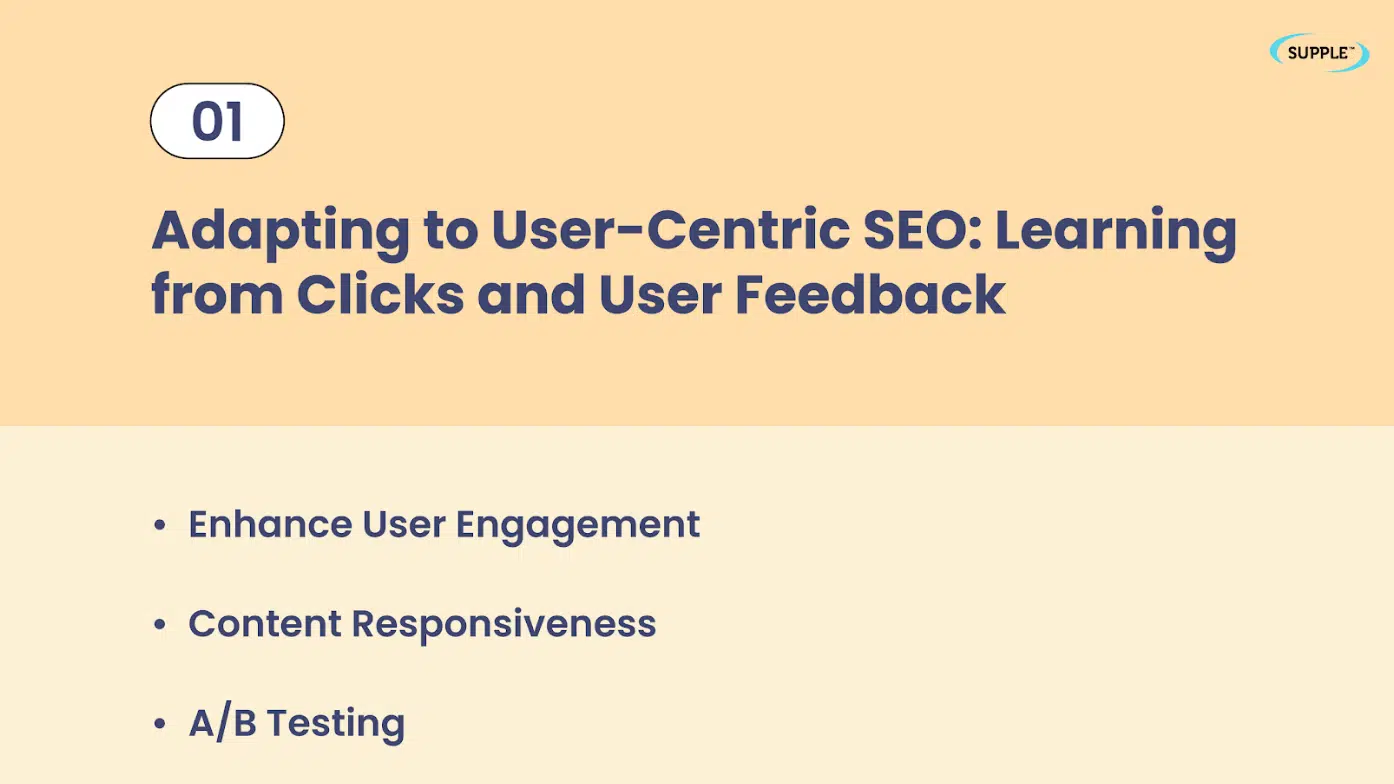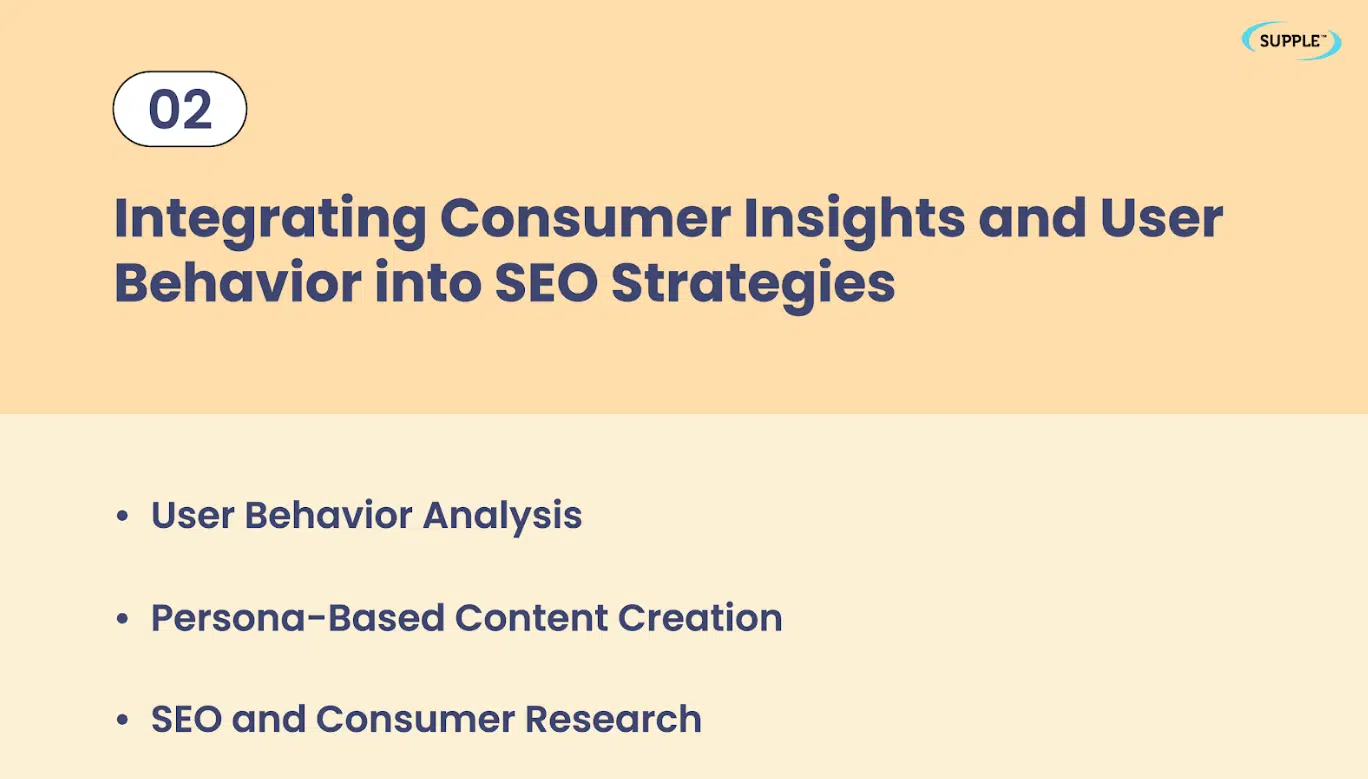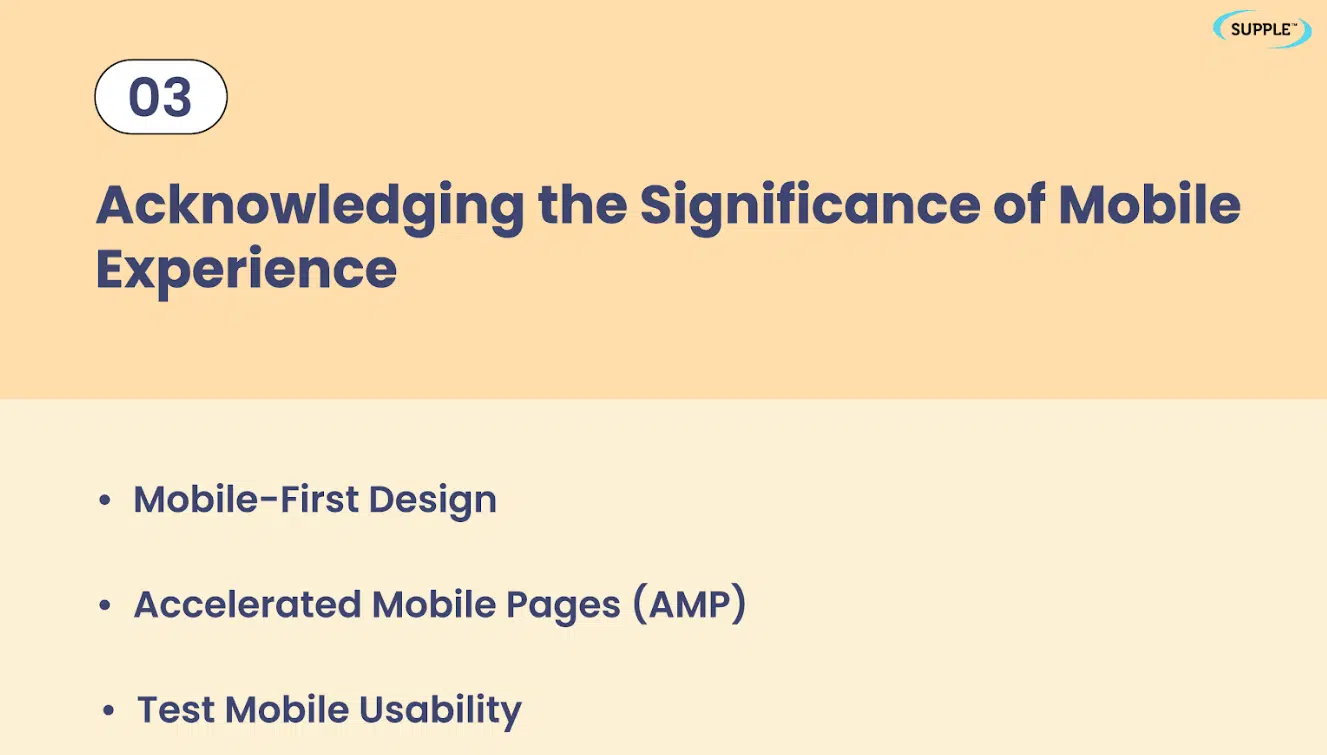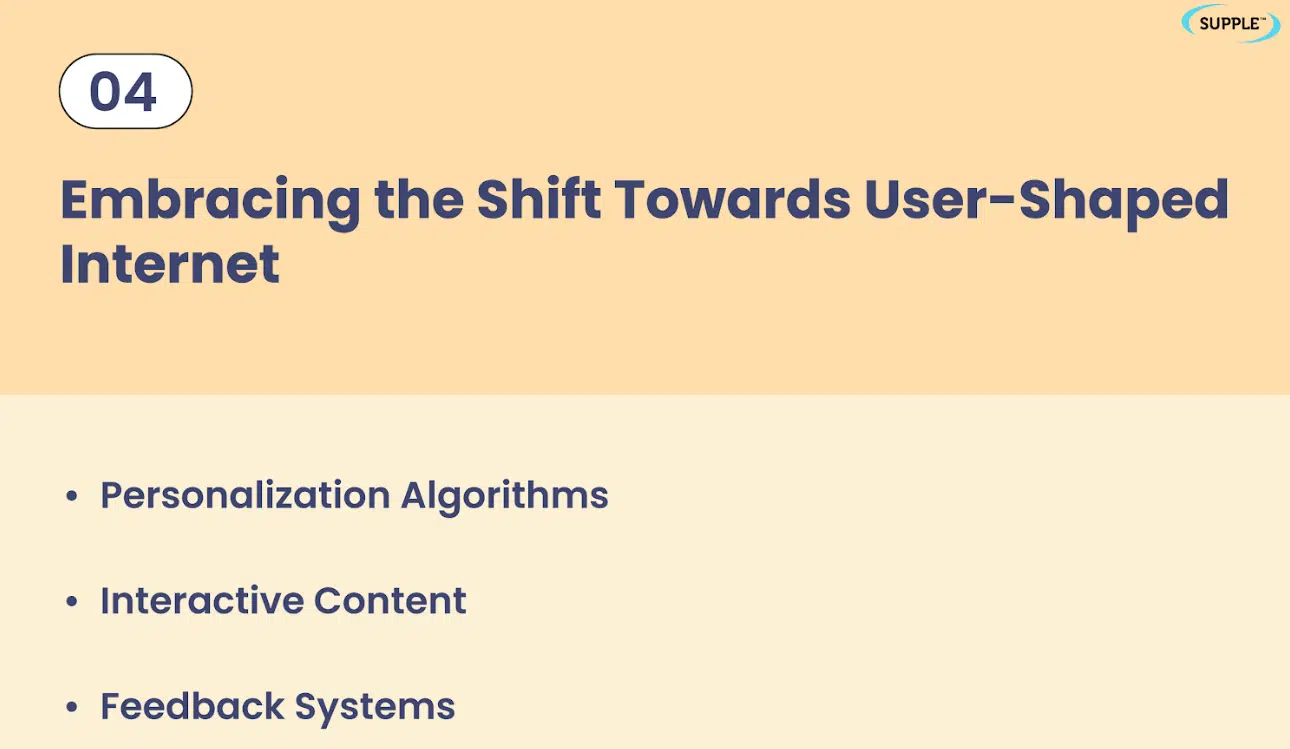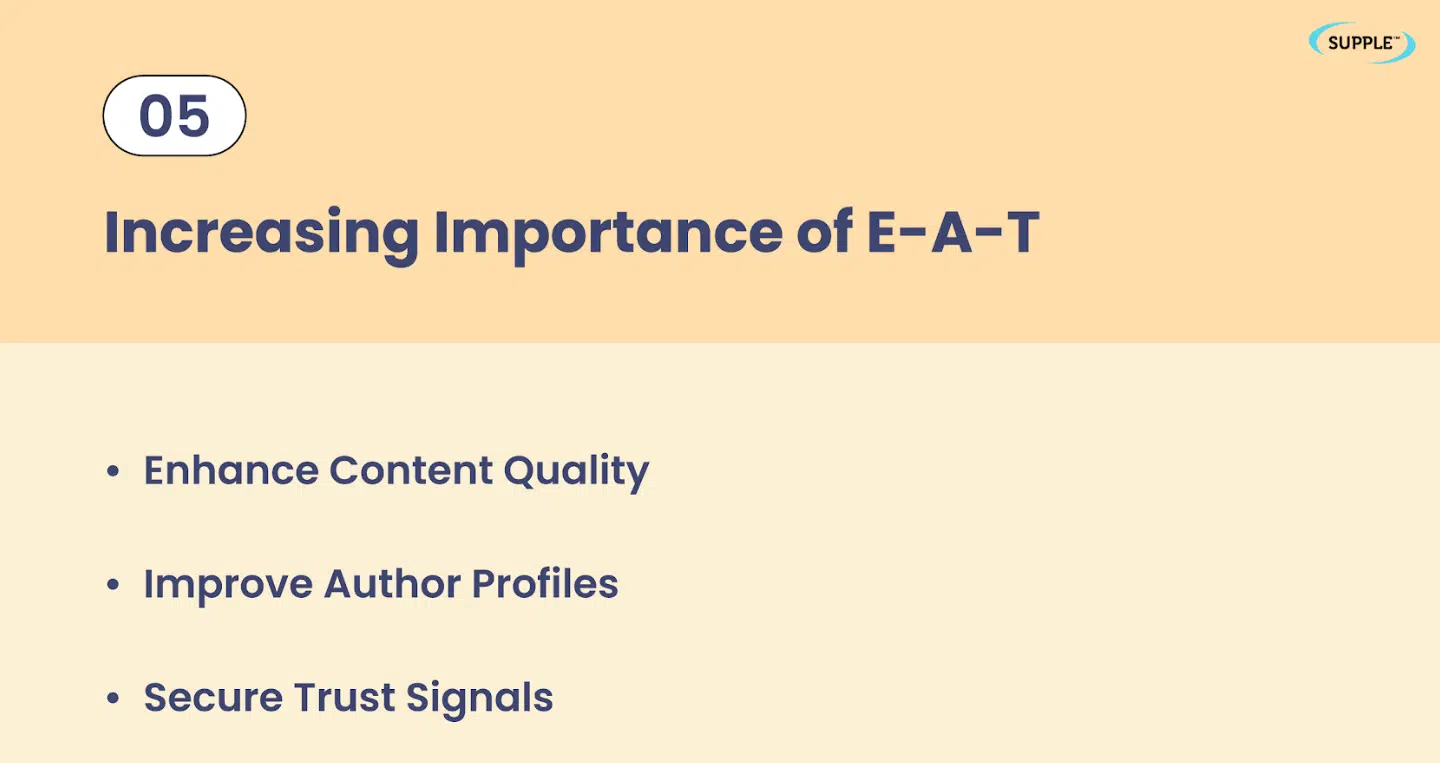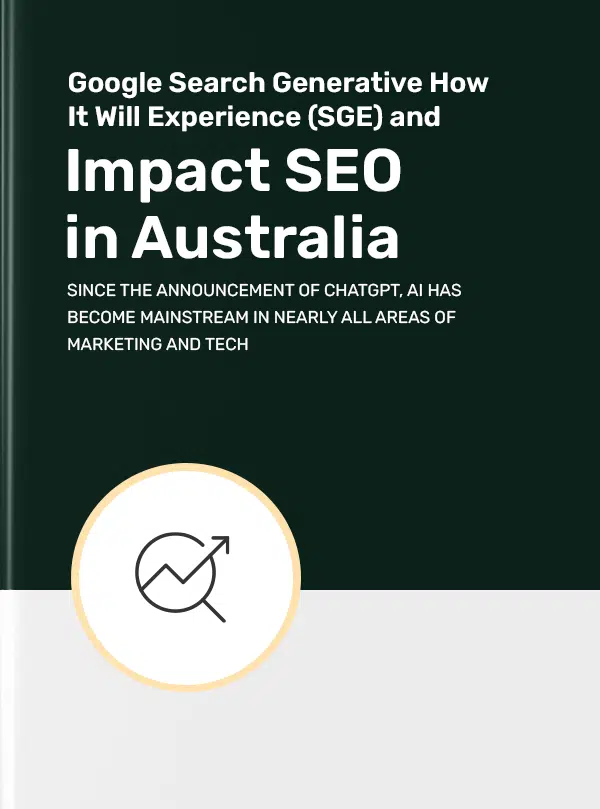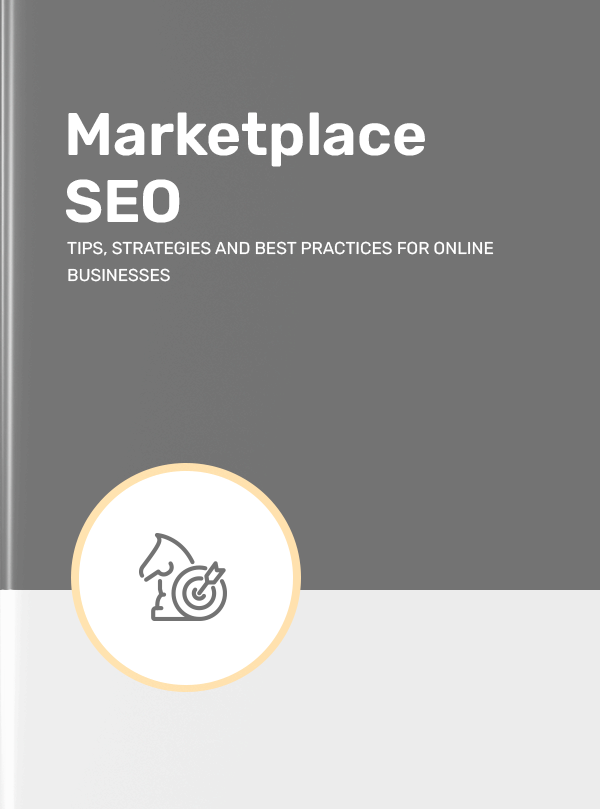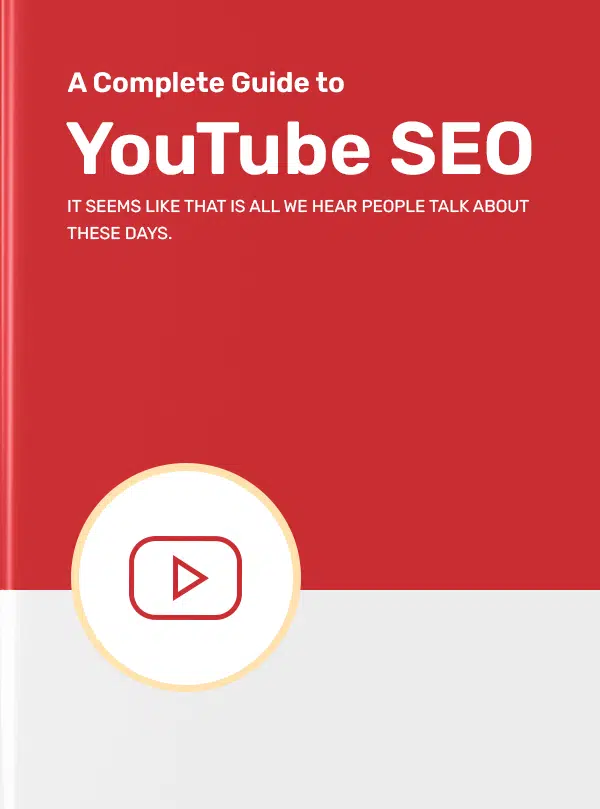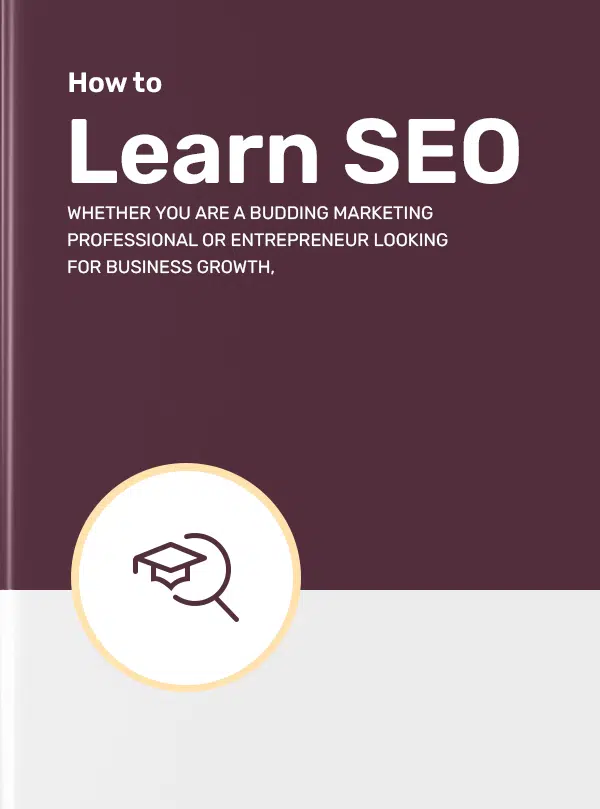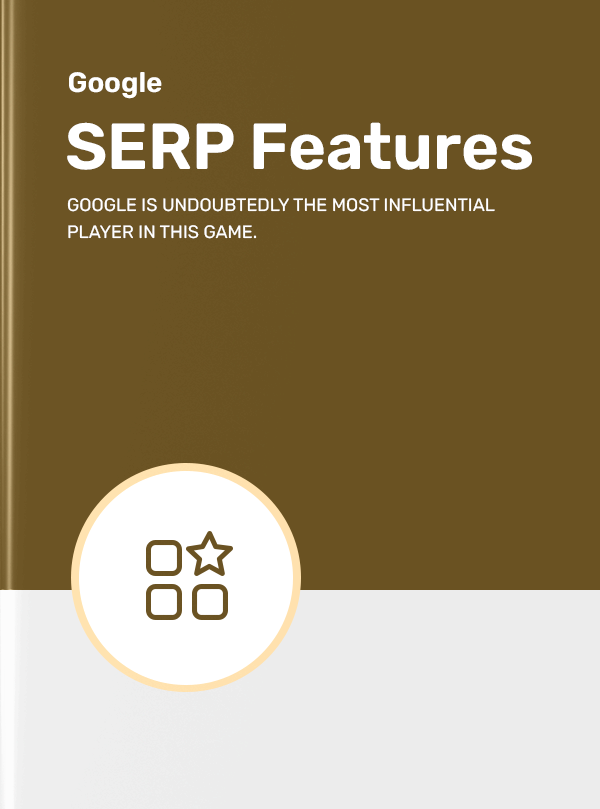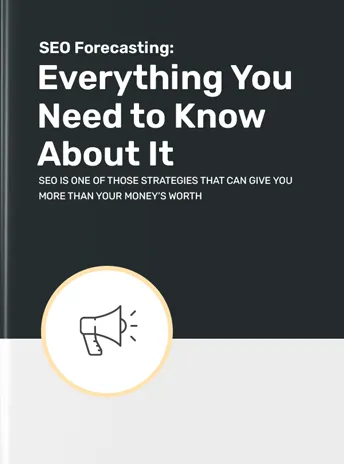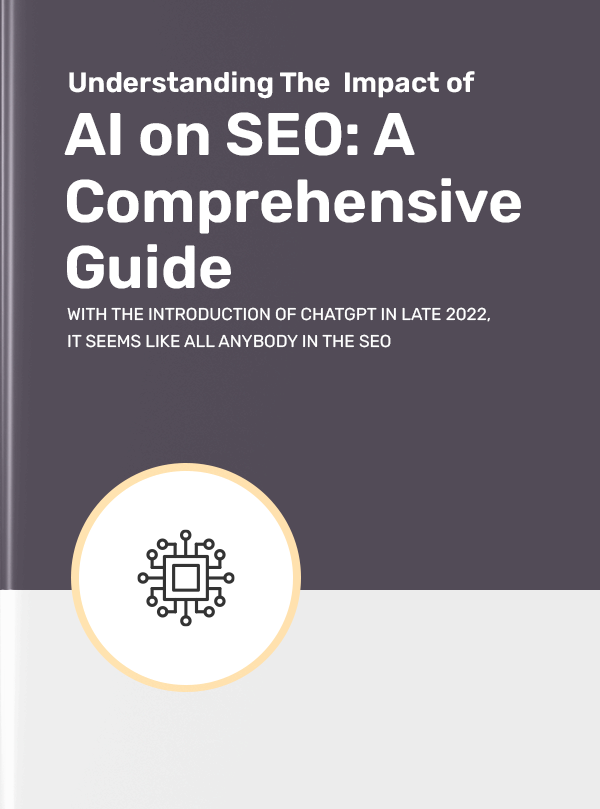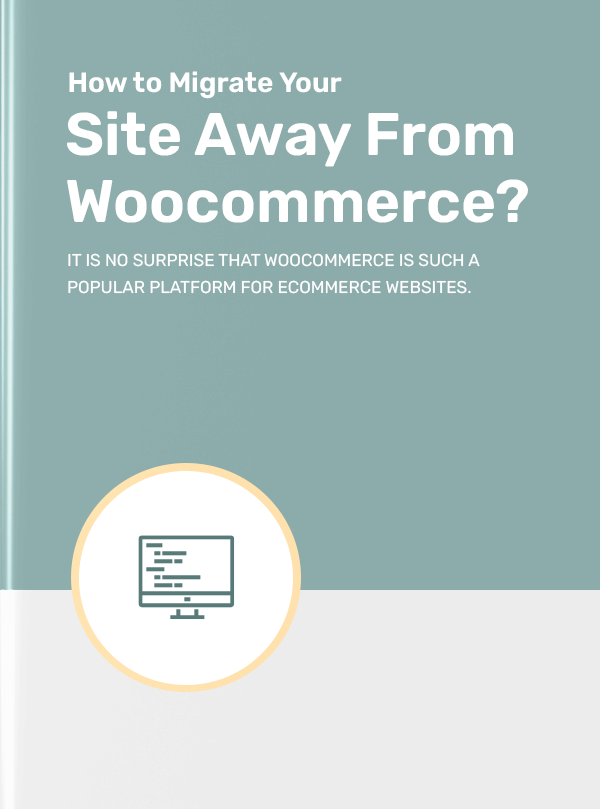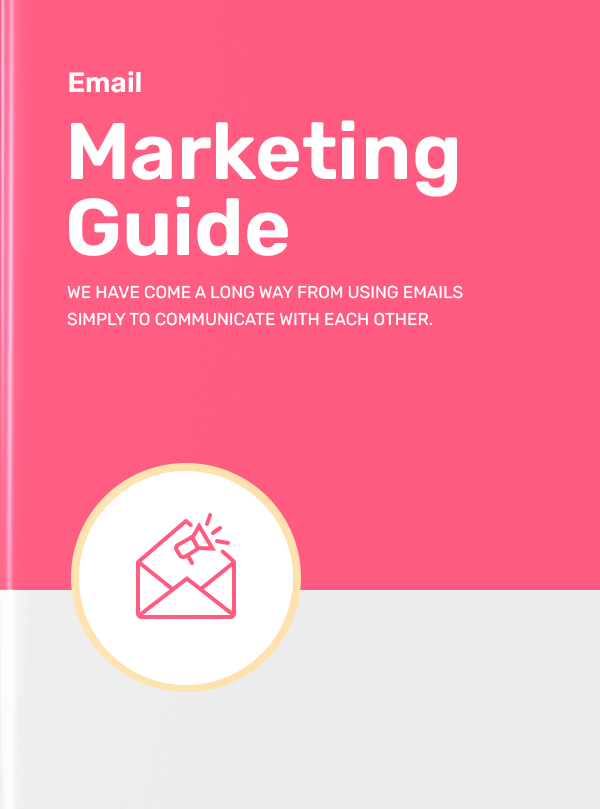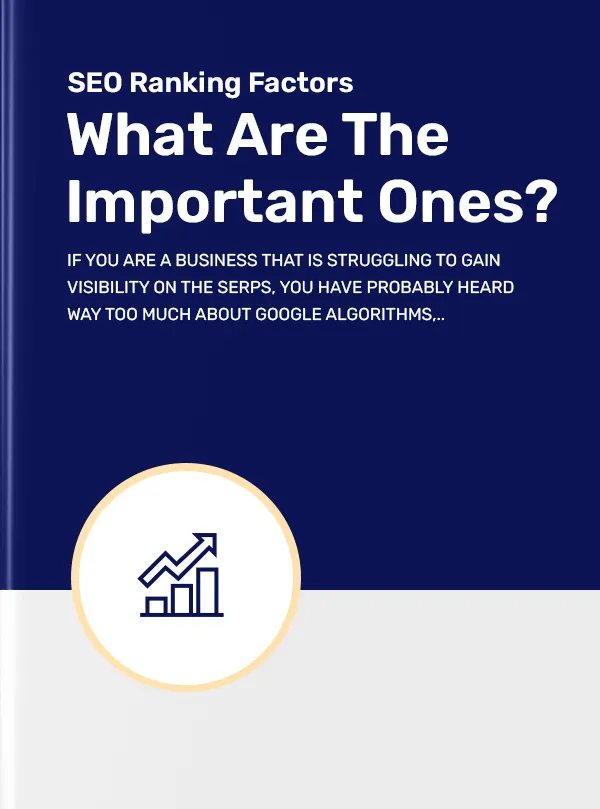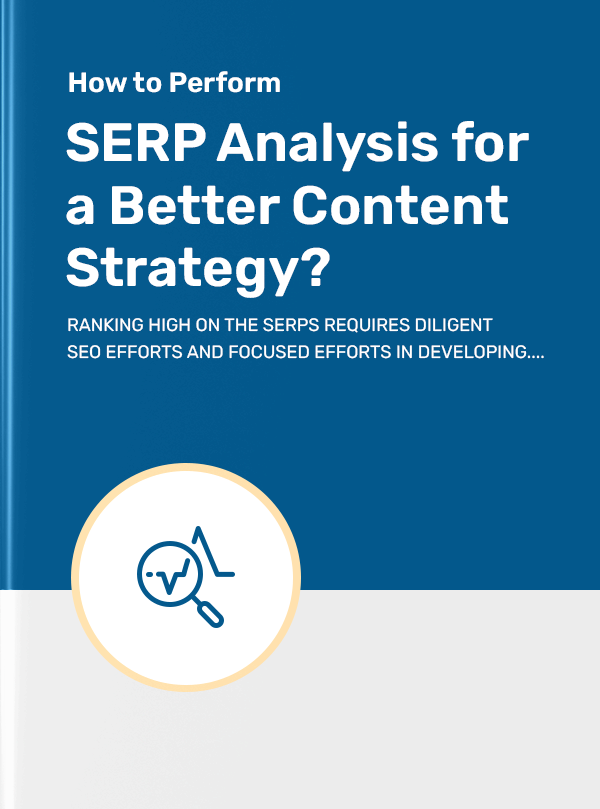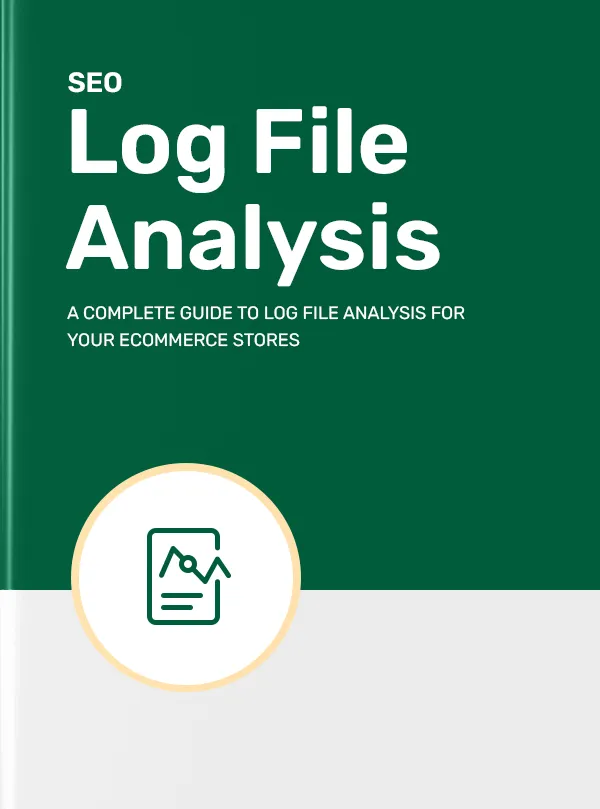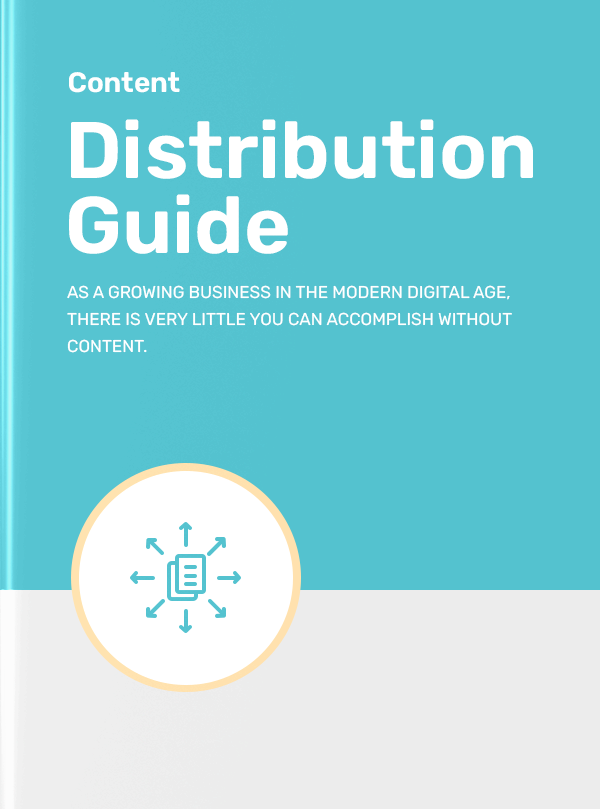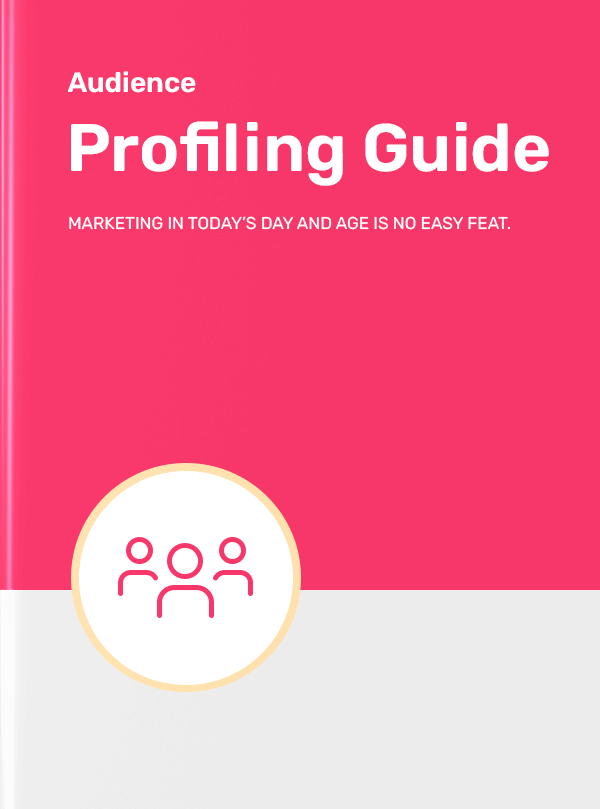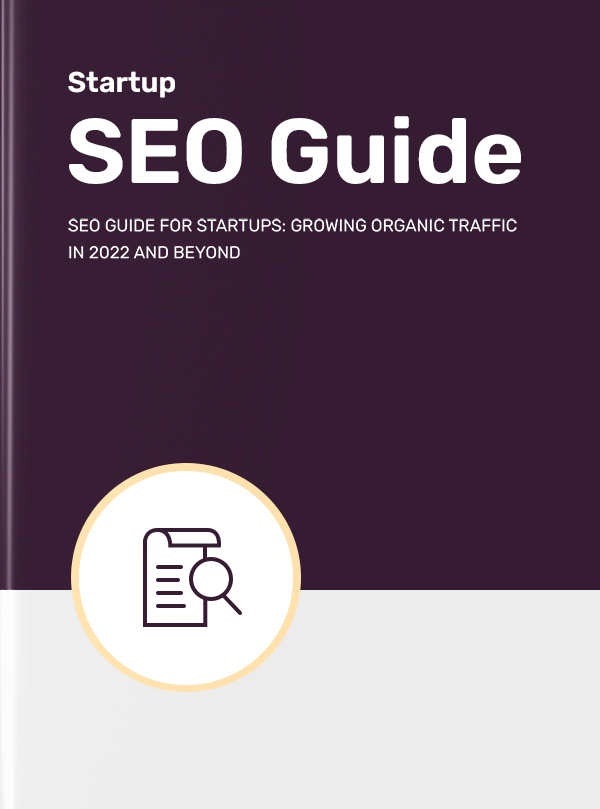Get a Free Seo Audit in Minutes
Get a Free 6 Takeaways for SEOs From Google's Antitrust Trial SEO Audit in Minutes
In the last four years, Google has found itself at the centre of a significant antitrust trial that challenges its practices and dominance in the search engine market. Initiated by the U.S. Department of Justice, this high-profile case aims to address concerns that Google has unfairly maintained its search monopoly by prioritising its own products and engaging in practices that disadvantage its competitors.
The trial, which began unfolding in late 2020, is set to determine the extent of Google’s adherence to antitrust laws. As we await a verdict, the outcomes of this trial could have profound implications for search engine operations and the SEO landscape, potentially reshaping how search engines function and compete in the market.
In this guide, let’s understand what all this means for SEO professionals and the organic search marketing landscape.
Before we dive into the SEO side of things, let’s quickly take a look at the what and why of this case.
In essence, Google is currently under scrutiny for purportedly using deceptive strategies to maintain its dominance as the premier global search engine with a 90% market share. According to the U.S. Justice Department, Google has secured its position by paying large sums (around $26.3 billion in 2021) to companies such as Apple to set Google as the default search engine on devices like the iPhone.
These billion-dollar agreements, the DOJ argues, significantly hinder competition, essentially monopolizing the market. The 10-week trial, prominently featuring testimony from Google CEO Sundar Pichai, could lead to major shifts in how Google operates and the broader landscape of the internet and search technologies, or it might conclude with minimal impact on Google's practices.
This is likely to be an important case in the history of search — for instance, a similar case in the past concerning Microsoft abusing its OS monopoly in the browser space eventually led to Microsoft having to make it easier for users to pick alternative browsers to Internet Explorer.
After the trial concluded in November, Judge Amit Mehta set closing arguments for early May 2024 and noted that he was unsure of which way to rule in the case.
If you wish to dive deeper into all the proceedings of the trial, please check out this Search Engine Land article.
The Potential Significance of the Case on SEO
From an SEO perspective, the implications of Google no longer being the default search engine on platforms like Apple or Android are significant. Although it is not the default on Microsoft devices, where many users switch to browsers like Firefox or Chrome, Apple's advancements in search could position it as a formidable competitor, potentially complicating SEO strategies that would need to adapt to another major search engine. This might involve optimising for an Apple search engine that favours apps more heavily than websites, impacting the valuation of web-based content.
Furthermore, changes to Google's advertising platforms (which can be a result of a different part of the case) could also reshape SEO dynamics. If Google were forced to decentralise its ad sales or integrate other ad vendors on its search results pages, the relative importance of organic versus paid search could shift dramatically. This would also affect websites that rely on ad revenue, which could see their funding models disrupted or enhanced depending on the new competitive landscape.
To better understand what these changes could mean, let’s first review Google’s current ranking mechanism and the recent introduction of generative AI in search.
Google's Existing and Evolving Ranking Mechanisms
As you already know, Google’s search algorithms are sophisticated, designed to parse through billions of web pages to find the most relevant results using a combination of algorithms and signals. Google follows a complex set of protocols to retrieve data from its search index and instantly deliver the (supposedly) best possible results for a query.
The core of these mechanisms includes algorithms like PageRank, which assesses a page’s quality and importance based on the number of links pointing to it, and newer iterations that incorporate machine learning techniques like RankBrain, which helps Google understand the context of queries. Then there’s MUM (an advancement to BERT), which employs natural language processing (NLP) models to semantically understand queries in relation to available web content.
The trial has shed light on the intricacies of these mechanisms, revealing that Google uses what is colloquially known as "over 100" ranking factors to evaluate and rank websites. This includes a mix of on-page factors like keywords, site speed, and mobile-friendliness, off-page factors like backlinks and online reputation, as well as user interaction signals such as click-through rates and time on site.
However, it’s becoming more apparent that factors such as backlinks, earlier thought to be one of the most critical ones, may not be as important as user interaction signals. This, in fact, is one of the key takeaways from this trial that we’ll discuss in the next section.
Making matters more complex, in the last 12 months, Google began unrolling its AI-powered search generative experience (SGE). It is currently being tested with a limited group of users but could adversely impact brand visibility and organic search traffic. A recent study suggests:
- Visibility Impact: SGE significantly lowers the visibility of top organic search results, pushing the top result down by an average of 1,200 pixels, which could effectively place it on the second search results page.
- Source Diversity: 62% of links in SGE outputs originate from domains outside the top 10 organic search results, introducing new competition from various sources, which could disrupt traditional SEO strategies.
- Content Strategy: The study suggests shifting towards creating in-depth, multimedia-rich content and building a robust online presence across multiple platforms to enhance visibility in SGE results.
- Brand and Local Search Challenges: SGE results could feature competitors’ links in queries for specific brands, which may dilute brand authority and affect local search visibility negatively.
Overall, the introduction of SGE is likely to necessitate adaptations in SEO strategies focusing on quality content and broader brand engagement.
But for now, let’s switch our attention back to the potential impact of Google’s ongoing antitrust trial on SEO.
Last year, the U.S. Department of Justice released several new trial exhibits, including internal Google presentations, documents, and emails related to ranking.
These are a treasure trove of SEO insights. Let’s dig deeper into the most important bits.
1. The 3 Pillars of Ranking
This heavily redacted presentation by Google's Eric Lehman, like many such documents, comes without complete context. Despite this, the available content provides valuable insights for SEOs.
In the above slide, Google highlights three areas:
- Body: What the document says about itself.
- Anchors: What the Web says about the document.
- User-interactions: What users say about the document.
Along with the following note on user interactions:
- “We may use “clicks” as a stand-in for “user-interactions” in some places. User interactions include clicks, attention on a result, swipes on carousels and entering a new query.
In the above slide, Google showcases the relationships of queries, interactions, and Search results, alongside results for an example query. These are the interactions mentioned:
- Read
- Clicks
- Scrolls
- Mouse hovers
In September, during the antitrust trial, Lehman testified that Google incorporates clicks into its ranking algorithms. However, it’s crucial to understand that individual clicks are considered a "noisy" signal for rankings alone (further details in Ranking for Research). Google has officially stated that it utilises click data for various purposes including training its algorithms, evaluations, controlled experiments, and personalising search results.
2. Google Considers End User Behavior
These slides were extracted from a broader Q4 2016 Search All Hands presentation, which was prepared by Lehman.
Here’s how the source of Google’s “magic” is revealed:
“Let’s start with some background. A billion times a day, people ask us to find documents relevant to a query. What’s crazy is that we don’t actually understand documents. Beyond some basic stuff, we hardly look at documents. We look at people. If a document gets a positive reaction, we figure it is good. If the reaction is negative, it is probably bad. Grossly simplified, this is the source of Google’s magic.”
So, when Google states that links are not a top three ranking factor, it invites a deeper understanding of their ranking approach. Links still matter, but they are just one part of a complex puzzle that includes major components like machine learning and natural language processing.
The above slide illustrates how search works:
“The key is a second flow of information in the reverse direction. As people interact with search, their actions teach us about the world. For example, a click might tell us that an image was better than a web result. Or a long look might mean a KP was interesting. We log these actions, and then scoring teams extract both narrow and general patterns.”
From the slide notes:
“The source of Google’s magic is this two-way dialogue with users. With every query, we give some knowledge and get a little back. Then we give some more and get a little more back. These bits add up. After a few hundred billion rounds, we start lookin’ pretty smart! This isn’t the only way we learn, but the most effective.”
There are more slides on Image Search and Knowledge Graphs, but the bottom line here is that Google focuses on the collective behaviour of users interacting with search results, not on individual actions, assessing how groups of people engage with the information provided.
3. Logging and Ranking
From this presentation, we get insights into the “critical role that logging plays” in ranking results. The slide notes share some valuable insights:
“Search is a bit like a potluck, where every person brings one dish of food to share. This is a great, big spread of food that everyone can enjoy. But it only works because everyone contributes a little bit. In a similar way, search is powered by a huge mass of knowledge. But it isn’t something we create. Rather, everyone who comes to search contributes a little bit of knowledge to the system from which everyone can benefit.”
Furthermore:
“As I mentioned, not one system, but a great many within ranking are built on logs. This isn’t just traditional systems, like the one I showed you earlier, but also the most cutting-edge machine learning systems, many of which we’ve announced externally – RankBrain, RankEmbed, and DeepRank. Web ranking is only a part of search, but many search features use web results to interpret the query and trigger accordingly. So, supporting ranking supports search as a whole. But even beyond this, technologies developed in search spread out across the company to Ads, YouTube, Play, and elsewhere. So – I’m not in finance – but grossly speaking, I think a huge amount of Google business is tied to the use of logs in ranking.”
4. Mobile vs. Desktop Ranking
This email thread explored the variations between desktop and mobile search rankings, focusing on user intents and satisfaction during a period where mobile traffic occasionally exceeded desktop traffic.
Google compared several metrics, including:
- CTR
- Manual refinement
- Queries per task
- Query length (in characters)
- Query lengths (in words)
- Abandonment
- Average Click Position
- Duplicates
Based on the findings, one of the recommendations was:
“Separate mobile ranking signals or evaluation reflecting different intents. Mobile queries often have different intents, and we may need to incorporate additional or supplementary signals reflecting these intents into our ranking framework. As discussed earlier, it is desirable that these signals handle local-level breakdowns properly.”
To sum up, here’s what these documents mean for SEO:
- Google uses clicks and other interaction signals to guide adjustments in search rankings, indicating the importance of user engagement metrics.
- The documents detail the evolution and complexity of Google's algorithms, which are designed to maximize relevancy and user satisfaction.
- Google considers CTR as a significant factor, suggesting that higher CTRs on results can lead to higher rankings for those results.
- Integration of AI and machine learning, like RankBrain, helps Google better understand and respond to user queries.
- Google personalizes search results based on user location and history to provide more relevant results.
- Quality of content remains a critical ranking factor, with Google using sophisticated methods to evaluate content validity and usefulness.
- Google invests significant efforts in refining algorithms to minimise spam and prevent manipulative practices in search results.
Finally, let’s try to boil all the drama down to some concrete takeaways — as SEO professionals and content marketers, what does all this mean in terms of future strategies?
While time will tell the verdict of the trial, the above revelations from the case point to a few important takeaways for marketers to adapt to a potentially changing SEO landscape.
By embracing these takeaways, you can better align with Google's evolving algorithms and user expectations, thereby securing better rankings and driving more effective user engagement.
1. Adapting to User-Centric SEO: Learning from Clicks and User Feedback
The trial has illuminated how significantly Google values user interaction signals (such as clicks and time on site) for ranking decisions. Evidence from the trial (like document #833 and Google’s internal presentations) shows that Google's algorithm considers user interaction heavily, adjusting rankings based on metrics such as click-through rates, bounce rates, and the time users spend on a page.
This underscores the necessity for future SEO strategies to prioritise these metrics. Here are a few areas to focus on:
- Enhance User Engagement: Optimize page features to improve metrics like click-through rates and time on site. This includes clear calls to action, engaging content, mobile-friendliness, and interactive site elements.
- Content Responsiveness: Develop content that responds to user feedback, utilising comments and engagement data to refine and update information and usability.
- A/B Testing: Regularly test different versions of your pages to optimise user interaction signals and refine UX design based on performance data.
But what about backlinks? Do they still hold weight in rankings?
Of course, they do. However, based on insights from the antitrust documents and expert testimonies throughout the trial, it is becoming more apparent that user interaction signals such as click-through rates and time spent on a page might be gaining more prominence over traditional signals like backlinks. The documents revealed that Google increasingly relies on these user interaction metrics to assess and adjust search rankings, which suggests a shift towards more user-focused SEO practices.
This does not mean that backlinks are no longer important, but their relative importance may be diminishing as Google continues to refine its algorithms to better meet user needs and preferences. So, while backlinks remain a fundamental element of SEO, their impact is being balanced, if not overshadowed, by the weight given to user interactions.
2. Integrating Consumer Insights and User Behavior into SEO Strategies
Testimonies and documents from the trial suggest Google's algorithms are increasingly leveraging user behaviour data to refine search results. Thus, marketers need to recognise the importance of using consumer insights and observing user behaviours to optimise content and on-page elements to align with what users are actively seeking. Here’s how:
- User Behavior Analysis: Utilize analytics tools like Google Analytics and heatmap tools like Hotjar to study how users interact with your site and identify patterns that could inform content adjustments and optimisations.
- Persona-Based Content Creation: Develop content strategies that cater to the specific needs and search behaviours of defined user personas.
- SEO and Consumer Research: Regularly conduct consumer research to understand changing user needs and preferences, and adapt your SEO strategy accordingly.
3. Acknowledging the Significance of Mobile Experience
Given the trial's focus on Google’s practices, particularly how mobile search is often given precedence due to higher mobile traffic volumes, it underscores the critical need to optimise for mobile-first indexing and improve mobile user experiences to maintain and improve search ranking positions. Here’s how:
- Mobile-First Design: Ensure your website is designed for mobile first, focusing on loading times, navigational ease, and responsive design.
- Accelerated Mobile Pages (AMP): Implement AMP for key pages to improve speed and user experience on mobile devices.
- Test Mobile Usability: Use tools like Google's Mobile-Friendly Test to find and fix usability issues on mobile versions of your site.
4. Embracing the Shift Towards User-Shaped Internet
This takeaway relates to the broader implications of the trial regarding how search engines are likely to further evolve towards user-driven outputs. The trial emphasises the necessity for SEOs to adapt to an internet increasingly shaped by user expectations and interactions, from personalised search results to content recommendations.
- Personalisation Algorithms: Implement site features that personalise content and recommendations based on user behaviour and preferences.
- Interactive Content: Create interactive tools and content, such as preference quizzes and handy calculators, which engage users more deeply and encourage longer visit durations.
- Feedback Systems: Develop robust feedback systems, such as polls, that not only gather user insights but also actively incorporate them into evolving site content and features.
5. Increasing Importance of E-A-T
With Google’s continued focus on expertise, authoritativeness, and trustworthiness (E-A-T), SEO practices will need to prioritise high-quality content more than ever. This involves not only the depth and accuracy of content but also the reputation and credibility of the content providers. Here are a few actionable tips to head in the right direction:
-
Enhance Content Quality: Prioritize content that provides real value, backed by research and presented by credible authors, over mass production of generic, low-quality blog posts.
-
Improve Author Profiles: Include detailed author bios that highlight their expertise and professional achievements.
-
Secure Trust Signals: Utilize HTTPS, add privacy policies, and showcase real user reviews to boost trustworthiness.
6. Rise of Alternative Search Platforms
The trial highlights Google's dominance, but also the emergence of competitors like Bing, DuckDuckGo, or Perplexity. Testimonies and documents from the trial underscore the competitive edge that specialised search engines gain by focusing on advanced language models and not relying on personal data.
This shift suggests a growing niche market that values privacy and specialised knowledge, offering opportunities for SEOs to tailor their strategies for audience segments that mainstream engines like Google might overlook. Optimising for these engines involves focusing on technical aspects of the website such as structured data, and precision in targeted content.
Moreover, the antitrust trial scrutinises Google's strategy of securing default search engine agreements with device manufacturers like Apple, which could stifle competitor visibility and influence user habits. Branching out SEO efforts can reduce dependence on Google and capture traffic from other sources, potentially increasing overall visibility and resilience against search engine market shifts.
Put simply, future SEO strategies may need diversification to optimise for multiple search engines that are gaining traction among users looking for privacy-focused or niche-specific search experiences. Each search engine has its unique features and ranking signals, so it’s a good idea to keep learning about them and new advancements to tailor your efforts effectively.
Navigating the Future of Search
Google's antitrust trial provides critical insights into the future of SEO, emphasising a shift towards more user-centric, responsive, and behavior-informed practices. By embracing these changes, you can better align with Google's evolving algorithms and user expectations, thereby securing better rankings and driving greater organic engagement.
All in all, as an SEO professional in 2024, you must adapt your strategies to focus more on user experience and less on traditional metrics (like links) to thrive in a Google-dominated landscape. This approach not only aligns with the current legal scrutiny over Google’s practices but also with the broader shift towards a more interactive and user-focused internet.
Q. What is the Google antitrust lawsuit about?
A. The Google antitrust lawsuit pertains to allegations that Google has unlawfully maintained a monopoly in search and search advertising through anticompetitive tactics that harm competition and consumers. This lawsuit, led by the U.S. Department of Justice (DOJ), is one of the most significant legal challenges Google has faced.
Q. Why is Google on trial?
A. Google is on trial for purportedly engaging in practices that stifle competition in the search engine market, particularly through exclusive contracts and other means that disadvantage its competitors. The trial aims to address these practices under U.S. antitrust laws.
Q. What are the allegations in the Google monopoly lawsuit?
A. The Google monopoly lawsuit alleges that Google has used its dominant position in the digital market to keep out competitors by manipulating search algorithms and ad placements to favour its own services and products, thereby sustaining its monopoly power over search traffic and advertising.
Q. What does the US vs Google case argue about Google's business practices?
A. The US vs Google case argues that Google's business practices include anti-competitive agreements and actions that maintain its monopoly in search and advertising, potentially violating antitrust laws. The focus is on whether Google's conduct has been harmful to competition and consumers.
Q. How might user signals impact SEO in light of the Google DOJ investigation?
A. User signals, such as click-through rates and time on site, are likely to gain importance as ranking factors in SEO strategies due to the Google DOJ investigation. This scrutiny could lead to changes in Google's algorithm to highlight the importance of user experience and interaction more transparently.
Q. What does the Google DOJ lawsuit reveal about future SEO strategies?
A. The Google DOJ lawsuit reveals that future SEO strategies will need to heavily consider user engagement and satisfaction metrics, as these user signals might become even more significant due to legal pressures for more transparent and fair ranking practices by search engines like Google.
